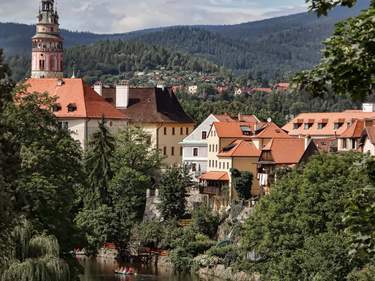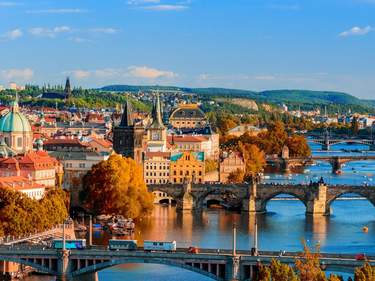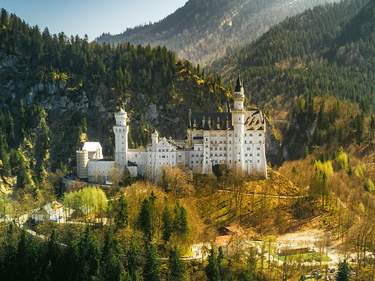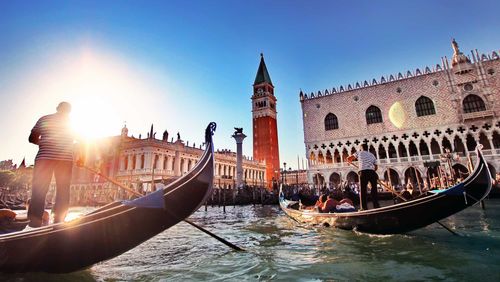Klimt bridged the avant-garde and traditional decorative arts. He trained at what’s now the Museum of Applied Art (MAK), where you can see sketches for his Stoclet Frieze alongside objects by contemporaries in the Wiener Werkstätte.
Early in his career, he also helped to decorate several public buildings with murals. In the Kunsthistorisches Museum, distinctive Klimt figures, nestled between the columns of the grand stairwell, usher you into one of the world’s greatest art collections.
To see Klimt’s most famous works, visit the Belvedere. The collection includes landscapes, portraits of society beauties, and richly decorated icons such as the mesmerizing Judith (1901) and, of course, The Kiss (1908), its full-on bling and sensuous subject still arresting, however many dodgy reproductions you’ve seen.
But Klimt – and Vienna – are not mere decoration. The Leopold Museum, an essential last stop, owns Klimt’s late masterpiece, the brilliantly disturbing Death and Life (1910–15).
Fittingly, it’s shown alongside numerous paintings by his successor Egon Schiele, whose work brutally exposes the psychological unease lurking in the city Freud called home, an unease that simmers beneath the surface of Klimt’s own perfectly gilded canvases.


_listing_1640546826392.jpeg)


















